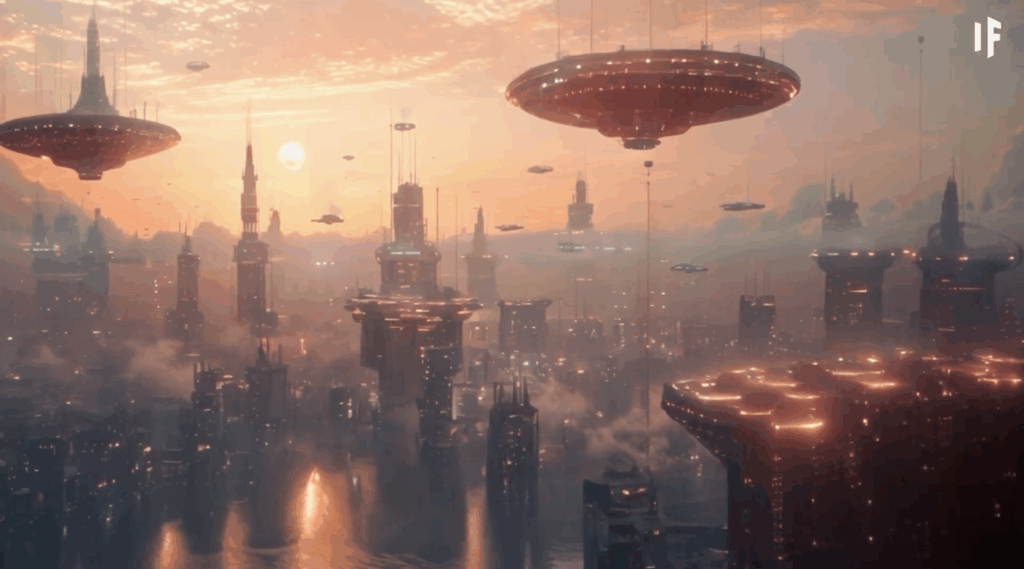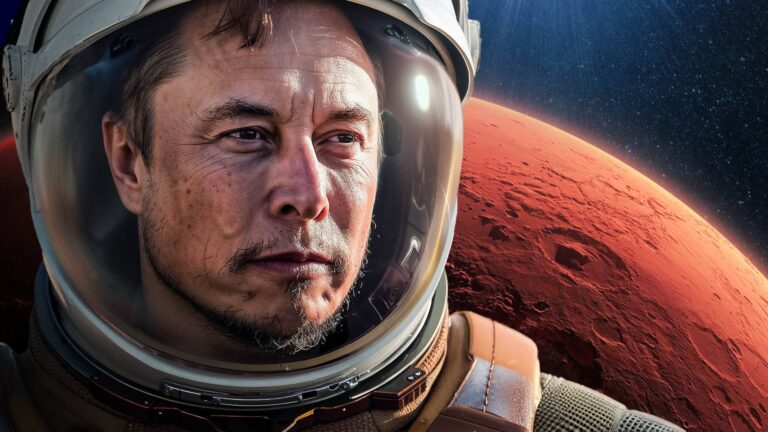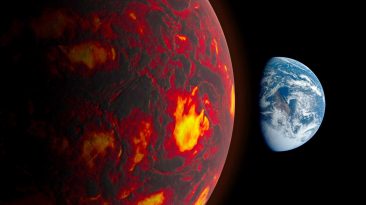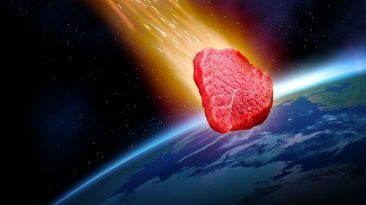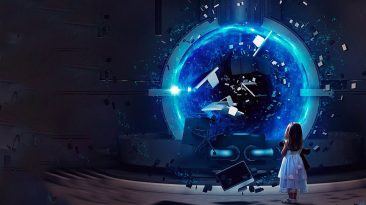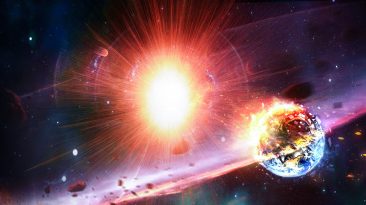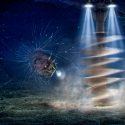Elon Musk says he wants to send one million people to Mars by the year 2050. The SpaceX CEO has become famous for making huge promises about colonizing the red planet. But how many of those ideas are realistic? And which ones are still science fiction?
Let’s explore Musk’s biggest claims about Mars, from growing food underground to creating an artificial atmosphere, and examine what is actually possible. Some of his visions are based on current technology and ongoing research, while others may take decades or even centuries to achieve. Understanding the difference is key to separating bold ambition from futuristic fantasy.
A Million People on Mars by 2050?
Back in 2020, Musk tweeted that he planned to launch one thousand Starships, each carrying one hundred passengers, during ideal launch windows that happen every twenty six months. By repeating the process over several decades, he believes one million people could arrive on Mars by mid century.
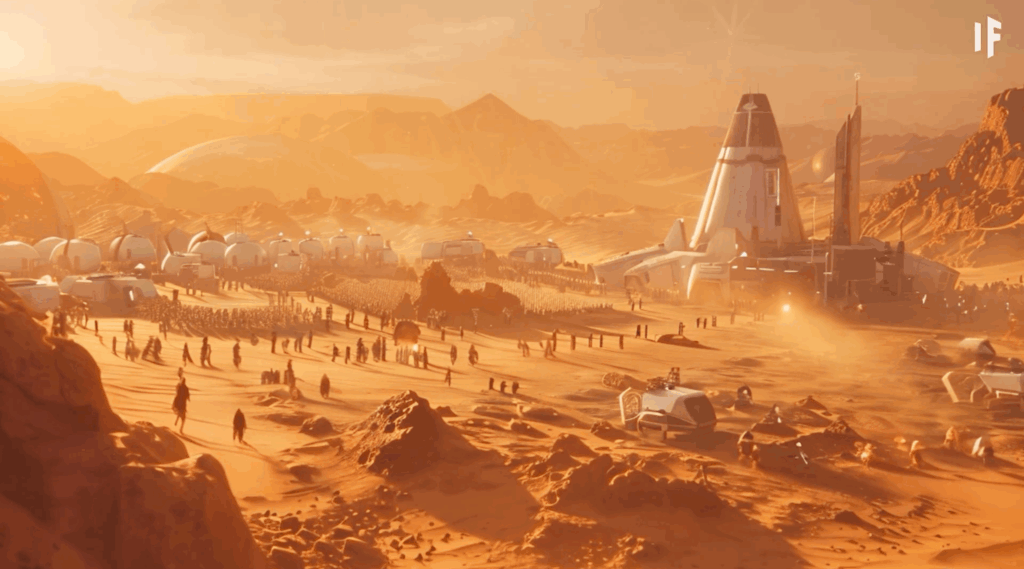
But this timeline is extremely optimistic. To stay on track, launches would need to begin around the year 2029. That means sending one hundred thousand people during each launch window. SpaceX would need one thousand Starships, fully reusable and ready to go. So far, no one has landed on Mars and no Starship has returned from orbit in one piece.
The most promising test happened in March 2024, when the ship finally launched successfully but disintegrated on its way back to Earth. Musk now says the first humans could arrive on Mars in 2029. That would be a major leap from where we are today.
Is Gravity Really Not a Problem?
Musk has suggested that Starship could deal with the effects of weightlessness by spinning slightly to create artificial gravity. But the human body suffers in low gravity. Astronauts experience bone loss, weakened muscles, fluid imbalances, and even vision problems after only months in space.
To properly simulate gravity using spin, a spacecraft would need to be more than one hundred meters wide, twelve times larger than Starship’s current design. Another idea is to connect two ships with a long cable and spin them around each other. But this method has never been tested.
Even after arriving on Mars, people would still face trouble. Gravity on the red planet is about one third that of Earth. No one knows how the body will respond to that over years or decades. Long term health risks remain unknown, and no solution has been developed yet.
Downplaying Radiation Is Dangerous
Musk has often said that radiation is not a major threat. But scientists disagree. Space is full of cosmic rays and solar particles. Unlike Earth, Mars has no strong magnetic field or thick atmosphere to offer protection.
During the six to nine month trip to Mars, astronauts would face high doses of radiation that could increase cancer risk, harm the brain, and damage internal organs. Once on the surface, the danger does not go away. The best known protection involves surrounding habitats with thick materials like water or rock. For example, twenty centimeters of water could reduce exposure. But that kind of shielding would be heavy and expensive to launch.
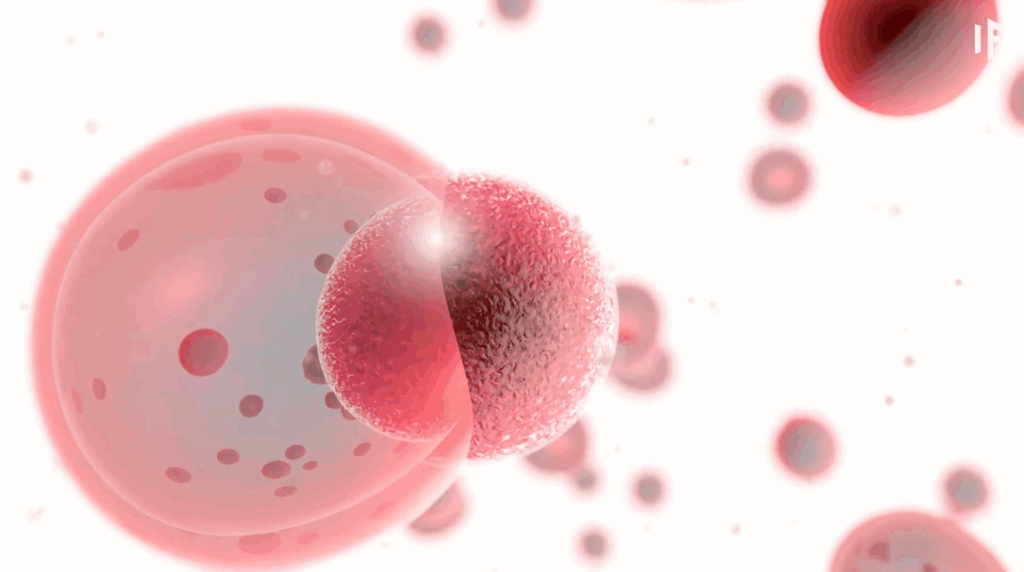
Will We Live in Glass Domes? Not Likely
Musk imagines Martian cities covered by giant glass domes. While that sounds exciting, it is not practical right now.
Mars experiences extreme temperature shifts, intense radiation, and regular meteorite impacts. Any dome would need to be strong, pressurized, and perfectly insulated. The current technology does not allow for that level of protection on such a large scale.
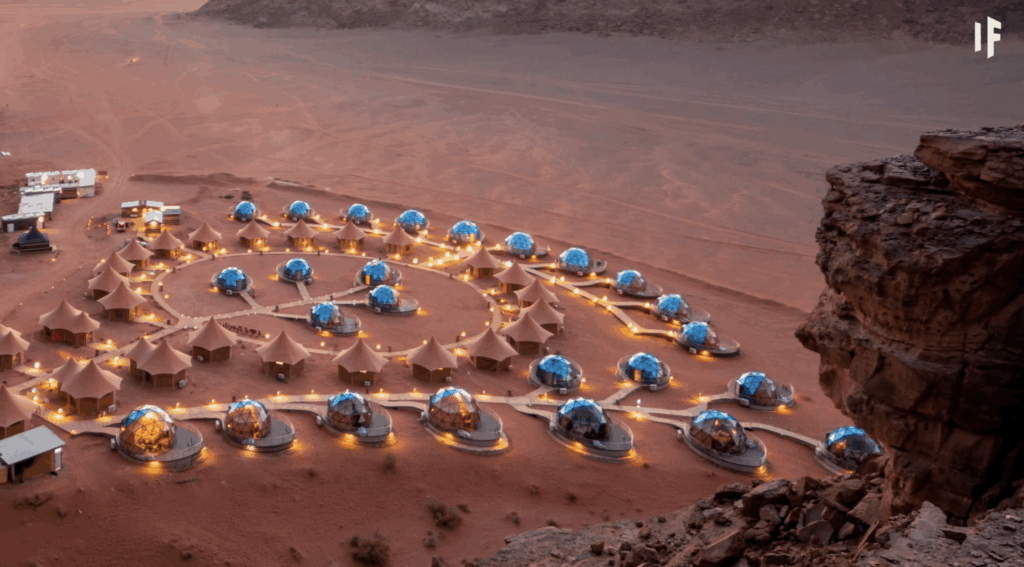
Experts think the best option is to live underground. Tunnels carved into lava tubes or rock formations could provide natural shielding. While less visually impressive, these habitats would offer much better safety and stability.
Farming on Mars? Only to a Point
Musk has floated ideas about growing plants by compressing the Martian atmosphere, but that would not work. More recently, he proposed using hydroponic farms underground, powered by solar panels.
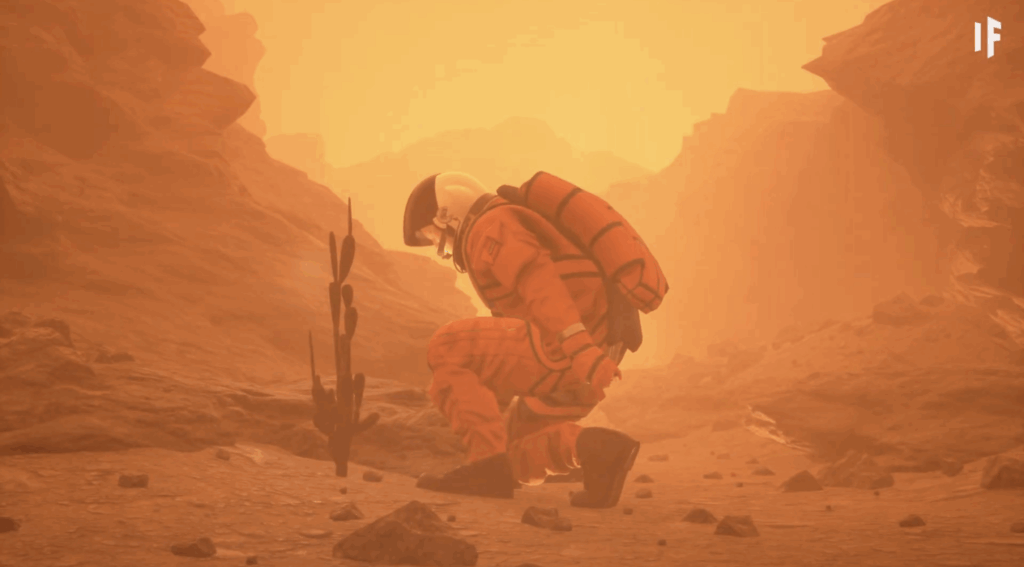
However, Mars gets only half the sunlight Earth receives. Dust storms can block that light for weeks, and the panels would require constant cleaning and maintenance. Martian soil contains toxic chemicals, so traditional farming is not an option. While hydroponics can support leafy greens, they are expensive, energy hungry, and not suitable for many staple crops like corn or potatoes.
A better solution may be using small nuclear reactors. These compact power sources are already used in space missions. They are more reliable than solar panels and could supply the energy needed for farming and survival.
Nuking Mars to Create an Atmosphere? Probably Not
One of Musk’s most controversial ideas is dropping nuclear bombs on Mars to release carbon dioxide and build a thicker atmosphere. The theory is that warming the planet would help make it more habitable.
But Mars does not have enough stored carbon dioxide to make this work. Even if it did, the planet’s weak gravity and lack of a magnetic field would allow most gases to escape into space. Using nuclear weapons in space also poses huge risks and has never been attempted on this scale.
Creating a livable atmosphere would require building artificial magnetic shields and releasing greenhouse gases over many centuries. That level of planetary engineering remains far beyond current capabilities.
So Can We Live on Mars?
Yes, one day. But not in the way Musk describes. The goal of sending one million people to Mars by 2050 is not supported by current technology, funding, or timelines.
Still, Musk deserves credit for inspiring the world to think bigger. SpaceX continues to lead the push for human exploration beyond Earth. While many of his claims are exaggerated, they have sparked real scientific progress and public interest.
Living on Mars will take patience, innovation, and global cooperation. It is a journey filled with challenges. But it is also one that humanity has finally begun to explore.
